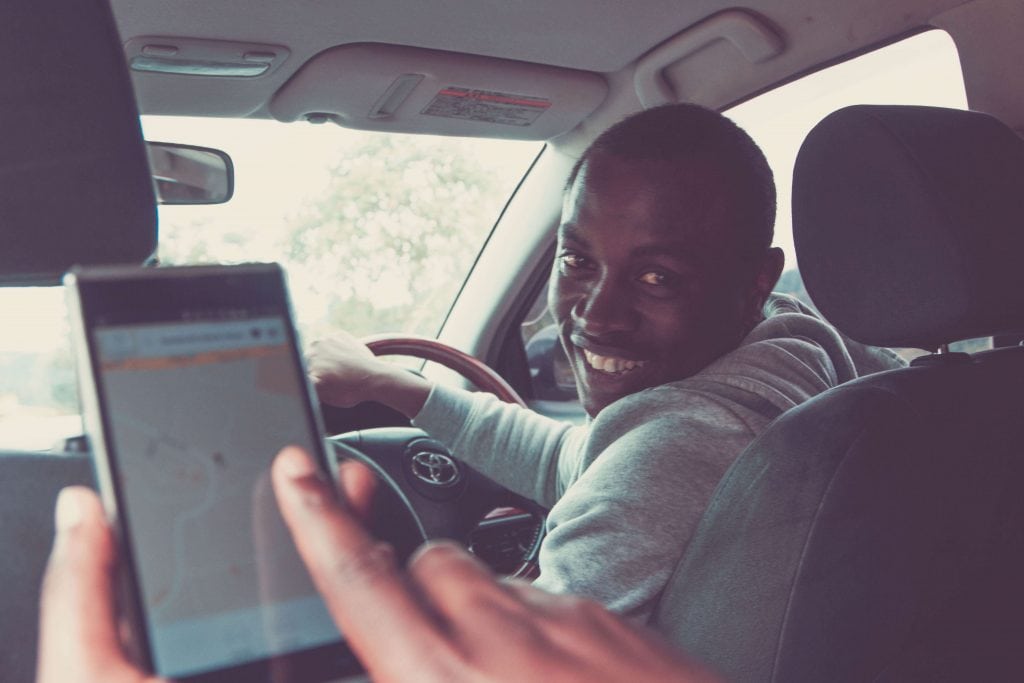Skift Take
On the streets of Nairobi, homegrown ridesharing service Little is giving Uber a run for its money. And judging by the growth, innovative ideas are proving just as useful as deep pockets.
For many users, the beauty of ridesharing apps — whether it’s Uber, Taxify, Hailo, or others — is the simplicity. A few quick taps and there’s a driver whisking you from A to B.
But for Nairobi-based ridesharing service Little, adding complexity is part of the formula that’s seen it sign up more than 10,000 registered drivers — and logging millions of rides — since launching in June, 2016.
“While Uber is helping riders, we felt that it wasn’t doing enough to benefit drivers,” explained Kamal Budhabatti, CEO of Craft Silicon, the parent company of Little. “Instead, we have created an entire financial ecosystem that benefits both the drivers and the riders.”
That ecosystem goes far beyond the simple act of transporting a rider. With Little riders can buy — or, more importantly, drivers can sell — mobile airtime and pay their utility bills en route, all processed via the Little app. In the future, Budhabatti said, drivers will be able to provide financial services from insurance to loans via the app.
Backed by telecommunications and mobile payment giant Safaricom, Little is not without competition on the streets of Nairobi. Uber remains the largest ridehailing service in major African cities, while there is also stiff competition from the likes of Taxify and Mondo Ride.
However, Little has worked to tailor its product to local realities, with a host of innovations that have helped to set it apart from its international rivals.
For starters, it accepts in-app payment via M-Pesa, the Safaricom mobile payment solution used widely in East Africa. And, in what Budhabatti said is a world-first for ridesharing, riders can request Little without needing a smartphone app. By activating a USSD “short code” (*826#) on their mobile phone (smart or otherwise) the rider’s location is triangulated using mobile towers, and a driver dispatched.
Little is also rolling out a network of Little agents in shops, bars, and restaurants across Nairobi, allowing customers without a phone, or credit, to summon a Little.
“At this stage it’s a pilot project with 200 agents, but we plan to grow that to 1,000,” said Budhabatti.
Along with providing free Wi-Fi in vehicles, Little has also diversified the options available to riders. While budget, luxury, and larger vehicles are standard offerings across most ridehailing services, Little (like competitor Mondo Ride) also offers a boda-boda motorcycle, a boon for locals looking to beat Nairobi’s notorious traffic.
Another innovation has been Little’s introduction of the Lady Bug service, allowing riders to request a female driver. After 6 p.m., this service is only available to women riders. Little reports strong demand for the service, with more than 300 female drivers active on the app.
With Little reporting up to 12,000 rides per day — by comparison, Uber says it has 216,000 active monthly riders in Nairobi, without sharing its number of daily rides — the company is looking for growth in other cities.
Little is already available in the Kenyan towns of Kisumu and Mombasa, and in May launched services in Uganda. It plans to expand into Kigali, Rwanda, by July, and has set its sights on opening in Zambia and Ghana in 2019.
It may be Little by name, but this homegrown tech startup certainly has big plans for disrupting transport in Africa.
The Daily Newsletter
Our daily coverage of the global travel industry. Written by editors and analysts from across Skift’s brands.
Have a confidential tip for Skift? Get in touch
Tags: gateway, nairobi, ridesharing
Photo credit: Nairobi-based ridesharing service Little is giving Uber a run for its money in some major African cities. Little
